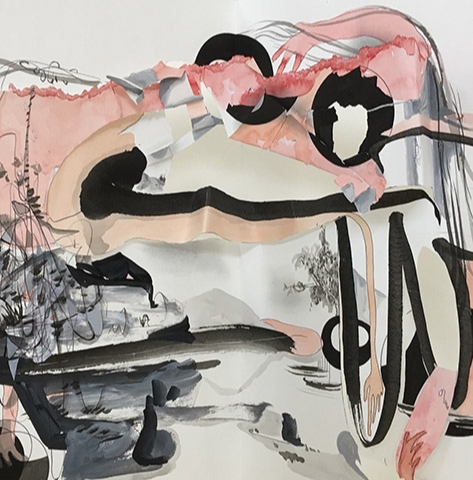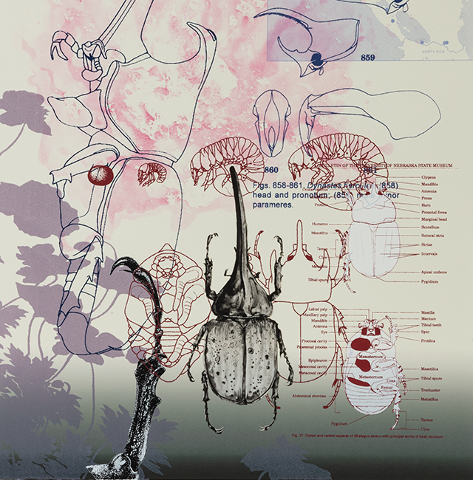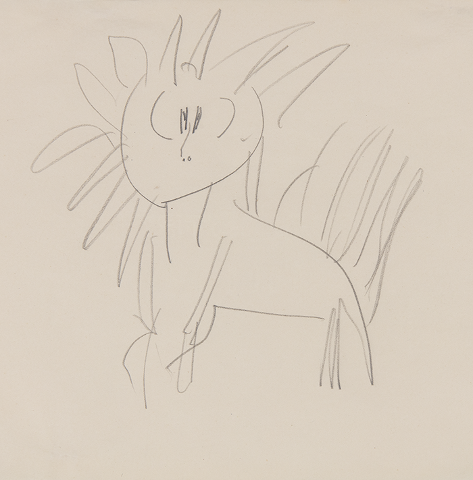Janelle Rodriguez

On Friday, October 20, the Wellin Museum of Art hosted a conversation with exhibition curator Katherine D. Alcauskas and artist, collector, practicing photographer, and Hamilton College alumnus, William E. Williams, ‘73, the Audrey A. and John L. Dusseau Professor of the Humanities at Haverford College. Over his distinguished career in the arts after Hamilton, Williams has supported his alma mater through generous gifts of numerous works of photography to the Wellin. Among these donations are works by the photographers Karl Blossfeldt, Walker Evans, Paul Strand, and Williams himself. In their conversation, Williams and Alcauskas focused on the theme of acquiring works that support the educational mission of a liberal arts institution. The talk was attended by alumni, parents and students visiting the Wellin as part of Hamilton’s Fallcoming and Alumni Weekend.
Throughout his conversation with Alcauskas, Williams touched on experiences at Hamilton that led him towards a career in the arts. “When I initially came to Hamilton, I had no idea my college experience would lead me towards photography,” Williams explained. “It was my introduction to the artistic minds on campus at that time that brought me into that world.” Among these artistic minds were Grace Root and Silvia Saunders, both of whom lived on Hamilton’s campus and were members of a small “Utica avant-garde.” Through her teaching and mentorship, Saunders would eventually connect Williams with one of his artistic idols, Walker Evans. In recounting his interactions with prominent figures from Hamilton’s past, Williams demonstrated how the College has long valued connections between students, artists, and works of art. The Wellin continues to foster these interactions between established artists and students by inviting professionals like Williams to campus.
Williams and Alcauskas also spoke about two of Williams’s pieces, Site of the Utica Rescue (2003) from a series of photographs of important sites in African American history, and Untitled, Philadelphia from the portfolio “Party Pictures” (1981). These were some of the most illuminating portions of the presentation. Both he and Alcauskas drew numerous connections between Williams’s photographs and works by other artists across a broad range of mediums. Williams talked about his own creative process, where he was and how he came to photograph each subject, in addition to Alcauskas’s sharing her curatorial choices that explain the works’ placement in the show. For instance, Utica Rescue hangs in a grouping that includes photographs by Walker Evans, Danny Lyon and Cecil Beaton in a section of the exhibition that addresses artists’ responses to the political issues of their time. In both its composition and subject matter, Williams’s photographs reflect the long tradition of documentary photography. Clearly, Williams was touched seeing his own work alongside those by his artistic predecessors, many of whom he cites as influences: “It’s humbling to be on the same wall as some of these great names.” Williams can certainly take pride in the fact that he has brought some of these important names to the Wellin through his influence on a collection that serves to inspire students in the same way he himself was inspired during his studies on the Hill.







